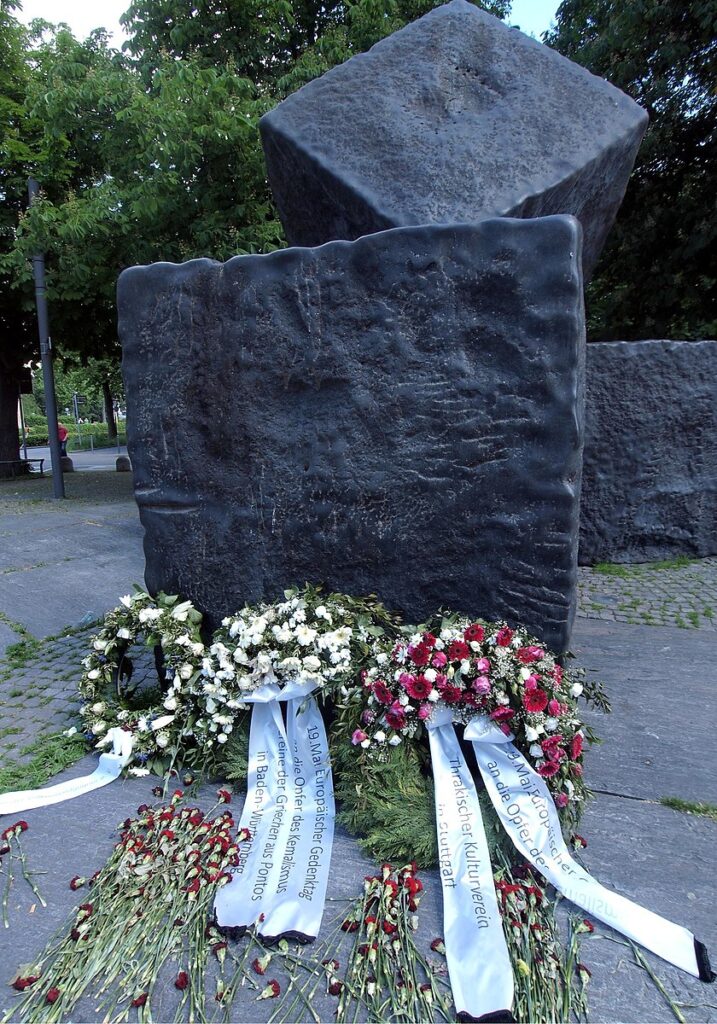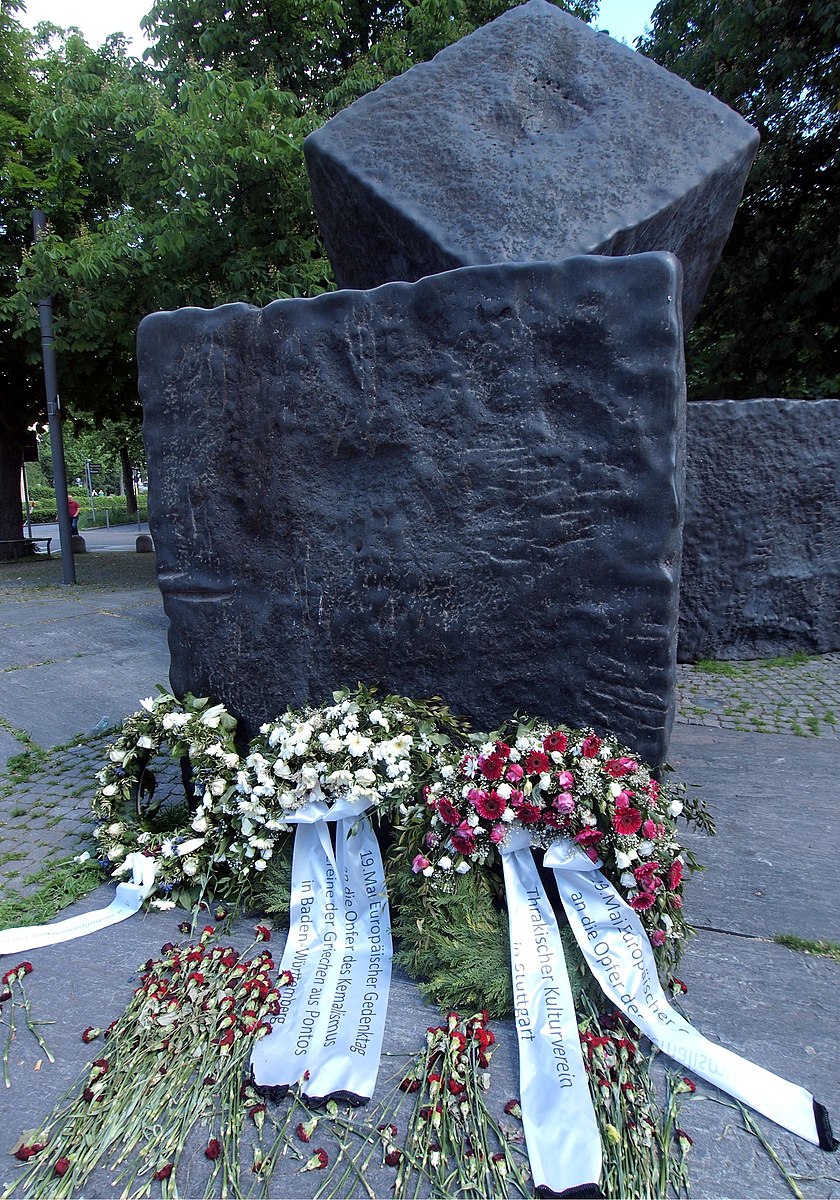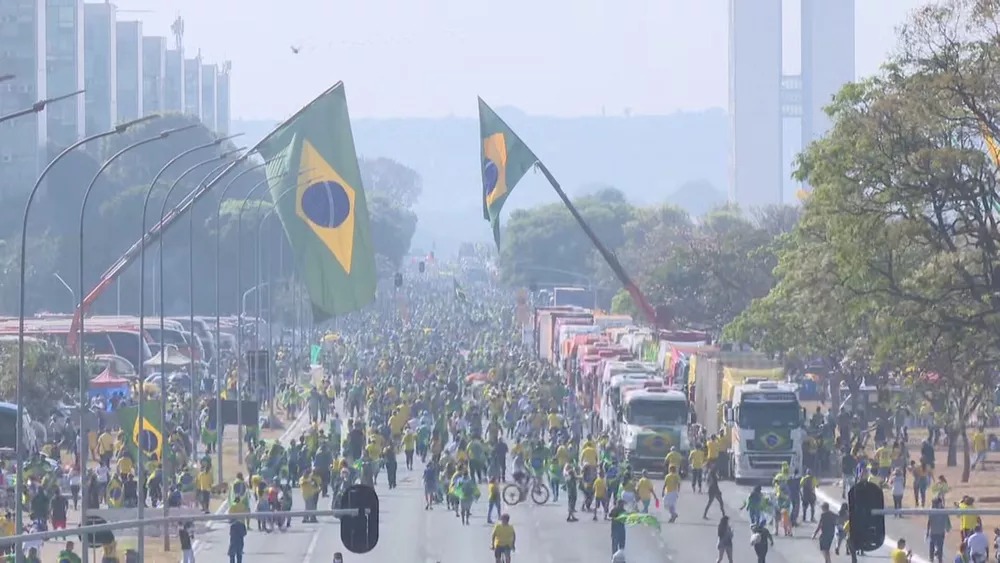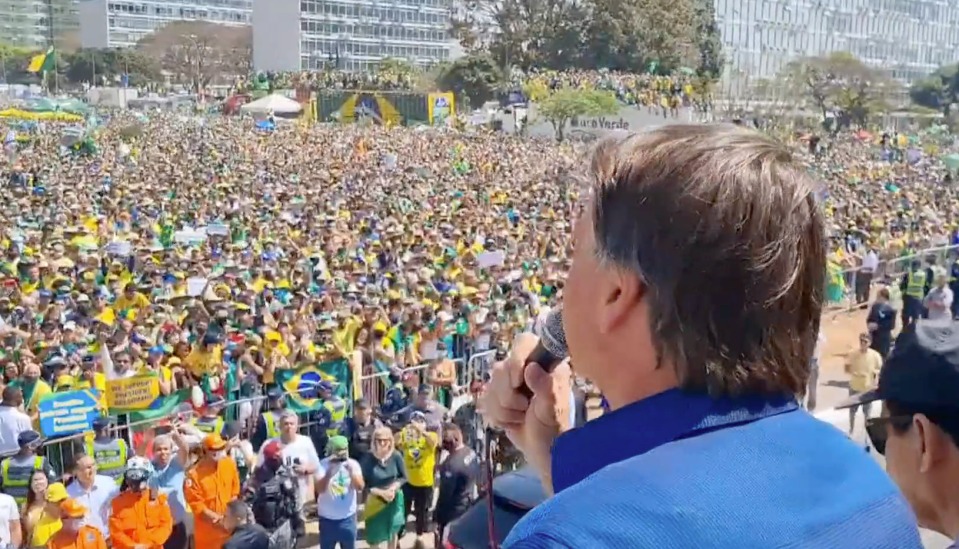Retributive justice is a justice paradigm responding to rather than preventing crimes, grounded on the relationship between crime and responsibility and proportional punishment (see Moore, 2009). In turn, restorative justice consists in processes whereby parties to crimes collectively resolve crime consequences, including how to repair the harm inflicted on victims and their communities (see Marshall, 1996). Furthermore, retributive justice and restorative justice interact with transitional justice concerning victims in post-atrocity scenarios. This blogpost briefly discusses how victims’ status is shaped by such interaction (see also Perez-Leon-Acevedo, 2014). This is discussed under two trinomials: victims, restorative justice, and transitional justice; and victims, combined retributive justice/restorative justice, and transitional justice.
Victims, restorative justice, and transitional justice
Restorative principles and processes are a central goal of transitional justice mechanisms tackling atrocities (Hoyle, 2021). Victims are central to transitional justice (Méndez, 2016). Restorative practices, which are present in truth and reconciliation commissions (TRCs) and reparations programmes, enable victims to play central roles and stand better chances to heal relationships between victims, offenders, and their communities.
Since international and hybrid criminal tribunals (ICTs) mainly reflect hegemonic Western punitive criminal justice values focusing primarily on retribution and deterrence and only secondarily on restoration (Drumbl, 2005), TRCs may be more suitable to fulfil restorative justice and better voice victims’ needs and viewpoints. TRCs meaningfully contribute to recognising victims and restoring their dignity. TRCs and traditional restorative mechanisms such as local dispute resolution (ibid.) focused on societal reconciliation, victims, storytelling, and reparations are seemingly better options if the goal is healing individuals and post-atrocity societies (Minow, 1998).
TRCs can focus on victims, facilitating their participation and that of perpetrators and victims’ and perpetrators’ communities. TRCs bring back the conflict to their original actors, enabling officials to grieve with victims (Minow, 1998). By involving all conflict stakeholders, TRCs address victims’ harm. As restorative justice is multidirectional (Aukerman, 2002), TRCs consider that the distinction between victims and perpetrators might sometimes be unclear in atrocity contexts: for example, child soldiers may hold the dual-status of victims and perpetrators. At TRCs, victims provide their testimonies in narrative forms, guaranteeing more inclusive processes for victims and avoiding re-victimization, which contrasts with criminal courts. This promotes national reconciliation and handles impunity collectively (Hayner, 2001).
TRCs can provide platforms for hearing traditionally excluded victims (Ramírez-Barat, 2011). They can enhance victims’ status. At TRCs (e.g., South Africa), victim definitions can be broad. Victims’ dignity, victims’ rights to information and privacy and to have their views and submissions considered have been recognised. TRCs may be better than trials at addressing victims’ fear, trauma, or anger (Zalaquett, 1992).
Nevertheless, some studies have questioned TRCs’ role in healing traumatized victims (Backer, 2004; Shaw 2005). Some TRCs failed in advancing victims’ needs (Brody, 1986). Even concerning well-organized TRCs, not necessarily victims regard truth-seeking mechanisms as options to meet their needs for justice and reparations (Fletcher et al., 2009).

Reparations programmes can be fundamental regarding victims’ status in transitional justice scenarios. Actually, ‘For some victims reparations are the most tangible manifestation of the efforts of the state to remedy the harms’ (De Greiff, 2006, p.2). Reparations programmes are attractive compared to criminal prosecution because the latter may be perceived as a struggle against perpetrators rather than a victim mechanism.
Reparations programmes constitute appealing options to enhance victims’ roles in transitional justice also vis-à-vis other restorative practices or restorative-oriented mechanisms. Truth-seeking may be only symbolic if tangible outcomes are absent (ibid.). Contextualised in transitional justice scenarios, reparations may also seek to achieve broader goals, namely, transformative and gender justice (Rubio-Marin, 2009; Hoyle and Ullrich, 2014), which should enhance victims’ situation.
However, reparations also present weaknesses in transitional justice contexts since they may be disproportionate to damages, trivializing victims’ suffering (Minow, 1998). Reparations alone are insufficient because victims have diverse interests requiring comprehensive approaches (Fulton, 2014).
Victims, combined retributive justice/restorative justice, and transitional justice
In transitional justice scenarios or mechanisms handling atrocities consequences, retributive justice and restorative justice should not be conflicting but, instead, complementary and mutually reinforcing. Retributive justice and restorative justice are necessary for democracy, the rule of law, and human rights in societies in transition (Villa-Vicencio, 2006). Integrating these justice paradigms should be applied to the relationship between ICTs or national criminal courts and other transitional justice mechanisms as well as within ICTs or national criminal courts. It is reasonable to talk about a ‘restorative side’ of (international) criminal justice (Villa-Vicencio, 2003). Combining retributive justice and restorative justice as the best option for victims in transitional justice contexts is argued below.
First, ICTs may be transitional justice mechanisms in atrocities scenarios. Since transitional justice is a holistic approach including diverse mutually complementary measures (Kritz, 1995), ICTs that strengthen victims’ status arguably implement the transitional justice approach. Reparations at ICTs exemplify transitional reparatory practices that display backward-looking and forward-looking purposes regarding victims and their societies (Teitel, 2000). Inter-American Court of Human Rights’ jurisprudence on victims (e.g., Velásquez-Rodríguez), partially laid transitional justice foundations (ICTJ, 2009), emphasising victim participation in criminal justice and reparations. ICTs have considered and should further consider this. The transitional justice approach seeks to integrate retributive justice and restorative justice. Some transitional justice advocates resist ‘restorative justice’ labels, solely using them when mentioning communities’ resort to customary law and traditional practices (Méndez, 2001). Nevertheless, they assert that transitional justice is victim-centred as victims are central to transitional justice (Aldana, 2006; Zunino, 2019). Researchers and practitioners have become aware of the International Criminal Court (ICC)’s function as one among diverse transitional justice mechanisms (UN Secretary-General, 2004; Okafor and U. Ngwaba, 2015). Hence, victim participation and reparations are intrinsically related to the ICC as a transitional justice mechanism (Méndez, 2016; Aldana, 2006). Although international criminal justice is not restorative justice, it can employ restorative practices through (primarily) reparations (Hoyle, 2012).
Second, there have been important international law developments towards combining retributive justice and restorative justice as the best alternative for victims in transitional justice. The UN Reparations Principles, which primarily deal with restorative justice, include satisfaction as a form of reparation (Principle 22(f)), and within satisfaction: judicial sanctions, which chiefly have to do with retributive justice. Under human rights law (e.g., Victims’ Declaration; UN Reparations Principles 11-15) and scholarship (Bassiouni, 2006; Ochoa, 2013), victims’ rights in criminal justice include: protection from re-traumatization; access to justice; be heard through active participation, including victims’ procedural rights to express their own views and concerns; and claim reparations.

The ICC exemplifies the said synergy since its predominant retributive and deterrent goals incorporate restorative practices, contrasting with previous ICTs. The ICC Statute mentions both retributive and deterrent goals, and victims (ICC Statute, Preamble), underlying adapted restorative justice elements in the ICC Statute. Most ICTs created after the ICC have incorporated victims as important actors, being consistent with restorative practices. In principle, retributive justice and restorative justice are not mutually exclusive (Walgrave, 2008). Restorative practices may be adapted and incorporated into ICTs’ laws or practices: victim participation and reparations may be included in international criminal justice. This justifies that ICTs can adapt and incorporate restorative justice elements into their mandates. As adjusted and adapted to ICTs (Garbett, 2017), restorative justice has been a major force to strengthen victims’ roles at ICTs through victim participation and reparations (Moffett, 2014; McGonigle, 2011). This illustrates the influence of restorative justice elements at the ICC.
Since restorative justice regards victims as subjects rather than objects (Pena and Carayon, 2013), victims hold enhanced procedural roles and procedural rights at the ICC and other ICTs (McGonigle, 2011). This is consistent with that transitional justice processes must acknowledge victims’ needs (Robins, 2012), counteracting critiques of earlier ICTs that precluded victims from properly expressing themselves (Pena and Carayon, 2013). In societies transitioning from mass atrocities, victims’ active roles in (international), criminal justice may illustrate restorative justice practices, guided by goals concerning victims (UNODC, 2020). Yet, studies on victims’ perceptions reveal a mixed picture of how victims’ roles are implemented at the ICC (Cody, 2017; Cody et al., 2015). Partial mishandling of these roles has also conflicted with defence rights and ICCs’ efficiency (see Safferling and Petrossian, 2021).
ICTs are still predominantly retributive. Even ICTs such as the ICC where victims’ status is more robust are not restorative justice mechanisms, but they incorporate and adapt some restorative practices/elements and can be partially considered victim-oriented justice mechanisms. ICTs may integrate into their goals, victim-friendly/victim-oriented measures but without replacing their core mandate. These measures would provide victims with participatory rights, impacting criminal justice but without changing its rationale. This is different from pure restorative justice, which might question that rationale (Cavadino and Dignan, 1996). The victim rights movement inspired victim empowerment at the ICC (Moffett, 2014). Accordingly, victims participate in victim-oriented or restorative justice-oriented mechanisms at the ICC and other ICTs to influence criminal proceedings for victims’ interests by being participants or civil parties and claiming reparations. Nevertheless, unlike proper restorative justice mechanisms, ICTs involve judicial adjudication.
Third, balanced interactions between restorative justice-oriented mechanisms, especially TRCs, and retributive and deterrent justice mechanisms, e.g., ICTs, have been feasible. Although TRCs can be alternatives to prosecutions, TRCs and ICTs can work simultaneously through some coordination (Totten, 2009). The co-existing Sierra Leone TRC and Special Court for Sierra Leone overall had synergetic effects (Schabas, 2004; Cockayne, 2005). The latter recognized TRCs’ importance for victims and the mutually complementary mandates of ICTs and TRCs (Norman).
The necessary convergence of TRCs and criminal courts in transitional justice scenarios involves that whereas TRCs offer the advantage of listening to victims not as witnesses in a piecemeal fashion, the judicial ‘truth’ holds ‘a “tested” quality that makes it all the more persuasive’ (Méndez, 1997). The complementary relationship between TRCs and ICTs or national criminal courts ‘may have a synergistic effect on the search for post-conflict justice as part of the struggle against impunity’ (Schabas, 2004). The mutually complementary functions of restorative-oriented mechanisms and retributive or deterrent mechanisms stand more chances to enhance victims’ status in transitional justice contexts. This can be seen through ‘lenses of recognition’ as these mechanisms working together can ‘institutionalize the recognition of individuals with equal rights’ (De Greiff, 2006b). Victims’ perceptions about the ICC confirm the need for combining mechanisms, as victims consider that prosecution is important but not the sole accountability mechanism, and that the ICC is both a justice and peace-making mechanism (Cody et al., 2015). Yet, ICC’s justice goals are still unclear (Ullrich, 2016).
Fourth, the victims’ right to truth reveals some similarities or convergences between different mechanisms, e.g., TRCs and criminal courts. Although ICC instruments do not include victims’ right to truth, ICC’s jurisprudence has regarded it as a victim participants’ central interest at the ICC (Lubanga). This is coherent with human rights bodies’ case-law recognizing the right to truth as the victims’ right to access to justice and a remedy (Cyprus v. Turkey; Nech v. Guatemala). UN Reparations Principles 22(b) and 24 reflect this. Individual and collective dimensions of the right to truth are recognised (UN-OHCHR, 2006).
The victims’ right to truth can expand ICTs’ approaches to victims’ status. Criminal proceedings have upheld the victims’ right to truth (UN-OHCHR, 2007), which connects with victims’ roles in criminal justice (UN-Commission on Human Rights, 2005). This right can be implemented through several transitional justice mechanisms including ICTs, national criminal courts, and TRCs (ibid.). If trials are used for what they are intended for (Méndez, 1997), they can contribute to the truth (Fletcher and Weinstein, 2002). Accordingly, trials should not become places for ‘historic’ judgments or settlement of long-term socio-political conflicts, as this produces an unsatisfactory ‘truth’ (Méndez, 1997). Actually, historical truth has been sometimes ‘presented as a by-product of the international criminal proceedings rather than as an objective’ (Schabas, 2012, p.100).
Conclusion
Restorative justice should further be adapted and incorporated into transitional justice mechanisms, to enhance victims’ roles. Victims’ roles in transitional justice depend on each transitional justice mechanism’s mandate: more retributive- or restorative-oriented. However, the interplay among adapted restorative justice, retributive justice/restorative justice combinations, and transitional justice should mean more meaningful victims’ roles and rights.
Juan-Pablo Perez-Leon-Acevedo
Researcher and lecturer Jyvaskyla University (Finland); Affiliated researcher, PluriCourts, Oslo University
References
* Aldana, R., ‘A Victim-Centered Reflection on Truth and Reconciliation Commissions and Prosecutions as a Response to Mass Atrocities’ (2006) 5 J. Human Rights 107-126.
* Aukerman, M., ‘Extraordinary Evil, Ordinary Crime: A Framework for Understanding Transitional Justice’ (2002) 15 Harvard Human Rights Journal 39.
* Backer, D., ‘Exit, Voice and Loyalty in Transitional Justice Processes’, 2 September 2004.
* Bassiouni, C., ‘International Recognition of Victims’ Rights’ (2006) 6 Human Rights Law Review 203-279.
* Brody, R., ‘Impunity continues in Haiti’ (Report on the Americas, Sep.-Oct. 1986).
* Cavadino, M., and Dignan, J., ‘Toward a framework for conceptualizing and evaluating models of criminal justice from a victim’s perspective’ (1996) 4 International Review of Criminology 153.
* Cockayne, J., ‘The Fraying Shoestring: Rethinking Hybrid War Crimes Tribunals’ (2005) 28 Fordham ILJ. 616,
* Cody, S., ‘Procedural Justice, Legitimacy, and Victim Participation in Uganda’, in N. Hayashi and C. Bailliet (eds), The Legitimacy of International Criminal Tribunals (2017) 376-398.
* Cody, S. et al. ‘The Victims’ Court? (2015).
* De Greiff, P., ‘Introduction. Repairing the Past’, in P. de Greiff (ed), The Handbook of Reparations (2006).
* Drumbl, M., ‘Collective Violence and Individual Punishment’ (2005) 99 Northwestern U. Law Review 539.
* European Court of Human Rights, Cyprus v. Turkey, Judgment, 10 May 2001.
* Fletcher, L. and Weinstein, H., ‘Violence and Social Repair’ (2002) 24 Human Rights Quarterly 573.
* Fletcher, L. et al., ‘Context, Timing and the Dynamics of Transitional Justice’ (2009) 31 Human Rights Quarterly 163.
* Fulton, S., ‘Redress for Enforced Disappearance’ (2014) 12 Journal of International Criminal Justice 769-786.
* Garbett, C., ‘The International Criminal Court and Restorative Justice’ (2017) 5 Restorative Justice 198-220.
* Hayner, P., Unspeakable Truths: Confronting State Terror and Atrocity (2001).
* Hoyle, C., ‘The Case for Restorative Justice’, in C. Cunneen and C. Hoyle, Debating Restorative Justice (2010).
* Hoyle, C., ‘Can International Justice be Restorative Justice? The Role of Reparations’, in N. Palmer et al. (eds), Critical Perspectives in Transitional Justice (2012).
* Hoyle, C. and Ullrich, L., ‘New Court, New Justice? The Evolution of “Justice for Victims” at Domestic Courts and at the International Criminal Court’ (2014) 12 Journal of International Criminal Justice 681.
* International Center for Transitional Justice (ICTJ), ‘What is Transitional justice?’ (2009).
* Inter-American Court of Human Rights, Velásquez Rodríguez v. Honduras, Judgment, 29 July 1988.
* Inter-American Court of Human Rights, Nech v. Guatemala, Judgment, 25 May 2010.
* International Criminal Court, Lubanga (ICC-01/04-01/06-1119), Decision on victims’ participation, Trial Chamber I, 18 January 2008.
* Kritz, N., ‘The Dilemmas of Transitional Justice’, in N. Kritz (ed), Transitional Justice, vol I (1995).
* Marshall, T., ‘The Evolution of Restorative Justice in Britain’ (1996) 4 European Journal on Criminal Policy Research 21.
* McGonigle, B., Procedural Justice? Victim Participation in International Criminal Proceedings (2011).
* Méndez, J., ‘Accountability for Past Abuses’ (1997) 19 Human Rights Quarterly 255
* Méndez, J., ‘National Reconciliation, Transnational Justice, and the International Criminal Court’ (2001) 15 Ethics & International Affairs 25.
* Méndez, J., ‘Victims as Protagonists in Transitional Justice’ (2016) 10 Int. J. of Transitional Justice 1-5.
* Minow, M., Between Vengeance and Forgiveness: A Facing History After Genocide and Mass Violence (1998).
* Moffett, L., Justice for Victims before the International Criminal Court (2014).
* Moore, M., ‘The Moral Worth of Retribution’, in A. von Hirsch et al. (eds), Principled Sentencing: Readings on Theory and Policy (3rd edn,, 2009).
* Ochoa, J., The Rights of Victims in Criminal Justice Proceedings for Serious Human Rights Violations (2013).
* Okafor, O. and Ngwaba, U., ‘The International Criminal Court as a “Transitional Justice” Mechanism in Africa’ (2015) 9 Int. J. of Transitional Justice 90-108.
* Pena, M., and Carayon, G., ‘Is the ICC Making the Most of Victim Participation?’ (2013) 7 IJTJ 518,
* Perez-Leon-Acevedo, J.-P., Victims’ Status at International and Hybrid Criminal Courts. Victims’ Status as Witnesses, Victim Participants/Civil Parties and Reparations Claimants (2014).
* Ramírez-Barat, C., Making an Impact (2011).
* Robins, S., ‘Challenging the Therapeutic Ethic: A Victim-Centred Evaluation of Transitional Justice Process in Timor Leste’ (2012) 6 IJTJ 83-105.
* Rubio-Marin, R., The Gender of Reparations (2009) 383.
* Safferling, C. and Petrossian, G., Victims Before the International Criminal Court (2021).
* Schabas, W., ‘A Synergistic Relationship: The Sierra Leone Truth and Reconciliation Commission and the Special Court for Sierra Leone’ (2004) 15 Criminal Law Forum 3.
* Schabas, W., Unimaginable Atrocities: Justice, Politics, and Rights at the War Crimes Tribunals (2012).
* Shaw, R., ‘Rethinking Truth and Reconciliation Commissions: Lessons from Sierra Leone’ (2005).
* Special Court for Sierra Leone, Norman (SCSL-2003-08-PT), Decision on the Request by the Truth and Reconciliation Commission of Sierra Leone to Conduct a Public Hearing with Samuel Hinga Norman, Trial Chamber, 29 October 2003.
* Totten, C., ‘The International Criminal Court and Truth Commissions’ (2009) 7 Northwestern UJIHR 1.
* Ullrich, L., ‘Beyond the “Global-Local Divide”: Local Intermediaries, Victims and the Justice Contestations of the International Criminal Court’ (2016) 14 JICJ 543.
* UN-Commission on Human Rights, ‘Updated Set of principles for the protection and promotion of human rights through action to combat impunity’, E/CN.4/2005/102/Add.1, 8 February 2005.
* UN-Commission on Human Rights, ‘Right to Truth’, E/CN.4/RES/2005/66, 20 April 2005.
* UN-OHCHR, ‘Study on the Right to Truth’, E/CN.4/2006/91, 8 February 2006.
* UN-OHCHR, ‘Implementation of General Assembly Resolution 60/251’, A/HRC/5/7, 7 June 2007.
* UN General Assembly, Declaration of the Basic Principles of Justice for Victims of Crime and Abuse of Power, A/RES/40/34/Annex, 29 November 1985.
* UN General Assembly, Basic Principles and Guidelines on the Right to a Remedy and Reparation for Victims of Gross Violations of International Human Rights Law and Serious Violations of International Humanitarian Law, A/RES/60/147, 16 Dec. 2005.
* UN Office on Drugs and Crimes (UNODC), Handbook on Restorative Justice Programmes (2020).
* UN Secretary-General, The rule of law and transitional justice in conflict and post-conflict societies: Report of the Secretary-General, UN Doc. S/2004/616, 23 August 2004.
* Villa-Vicencio, C., ‘Restorative Justice. Ambiguities and Limitations of a Theory’, in C. Villa-Vicencio and E. Doxtader (eds), The Provocations of Amnesty (2003).
* Villa-Vicencio, C., ‘Transitional Justice, Restoration and Prosecution’, in D. Sullivan and L. Tifft (eds), Handbook of Restorative Justice (2006) 390.
* Walgrave, L., Restorative Justice, Self-Interest and Responsible Citizenship (Willan 2008).
* Zalaquett, J., ‘Balancing Ethical Imperatives and Political Constraints’ (1992) 43 Hastings Law Journal 1425-1438.
* Zunino, M., Justice Framed: A Genealogy of Transitional Justice (2019).






